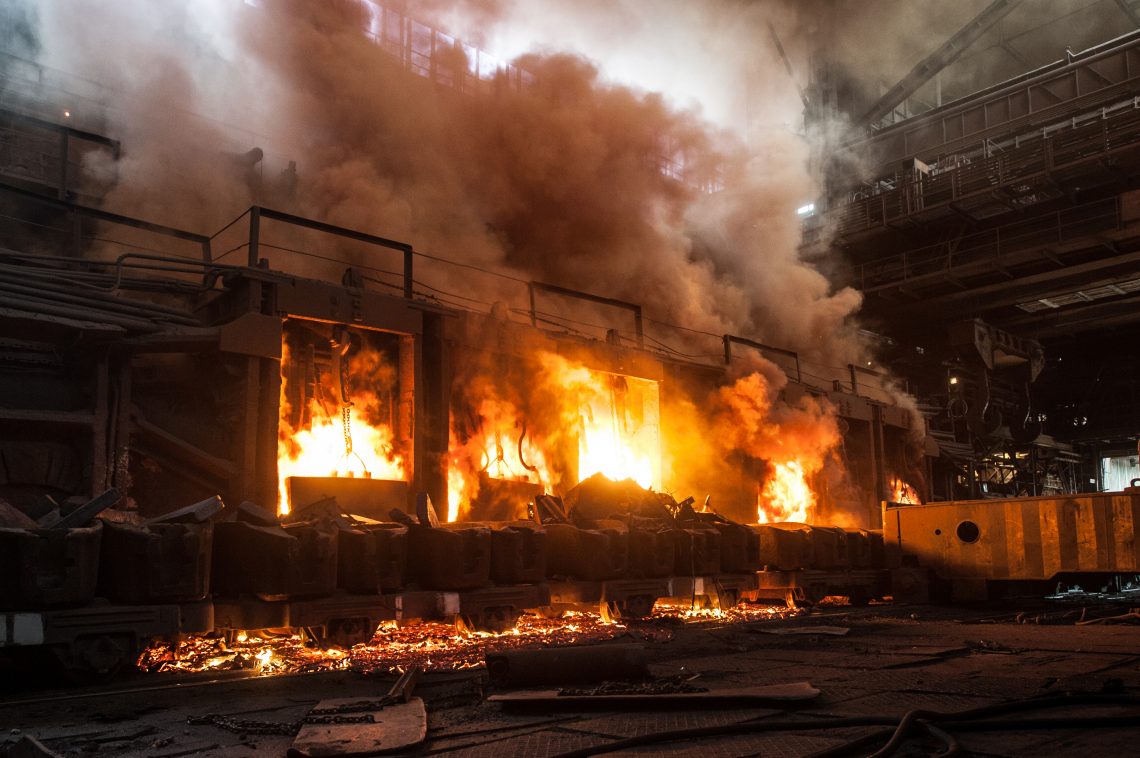
Within recent weeks, at least two major chemical fires or explosions have occurred at EPA Risk Management Plan facilities. A law was implemented during the Obama administration that required all facilities of this nature to establish an evacuation plan. However, Texas residents have experienced firsthand being informed that there is no air quality issue and then later being instructed to “shelter in place.” With the likely possibility of a change in law, Texas residents are concerned about their safety in the event of another catastrophic fire accident.
Recent Texas Fires
The first fire involved the KMCO plant in Crosby. After isobutylene was ignited on April 2, the chemical plant exploded, killing one person and injuring two workers. The facility experienced a similar explosion in 2010, also resulting in a worker’s death and worker injuries. The plant has received citations for not having an emergency action plan and monitoring, as well as for benzene leaks. Communities around the facility are searching for information regarding air quality after the explosion.
The other fire occurred on March 17th. It involved ITC in Deer Park. In that fire, the facility burned for several days. After the fire was put out, it was still not safe to be around the facility because of excessive benzene levels. Again, TCEQ was contacted in search of additional information and air quality monitoring after the fire.
Environmental Risks of Chemical Plants
People who live in communities near chemical plants face a higher rate of exposure to toxic emissions from the nearby plants. They are also exposed to secondary toxins, such as an increase in truck emissions from trucks that transport the chemicals. The air quality may decrease after a chemical plant fire or other disaster. Some residents have had to place plastic over their windows and doors and avoid using ventilation or cooling systems after these chemical plant incidents.
Current Requirements for Risk Management Plan Facilities
The standards for RMP facilities require facility owners and key personnel to do the following:
- Provide additional educational information to communities that surround their facility
- Coordinate in emergency situations with first responders regarding an emergency evacuation plan
- Research safer alternatives that can decrease the likelihood of catastrophic accidents
These important provision were implemented to protect the lives and safety of individuals who worked at these facilities and those in the surrounding communities.
Change in Law
Even though fires at chemical plants are still fairly common, the Trump Administration has vowed to get rid of the Obama-era rule, which would effectively remove all preventative measures and ultimately weaken standards.
Despite forward momentum to this end, some opponents argue that the EPA should be required to strengthen the RMP rule so that communities would have improved access to information about the chemicals located on-site and improved safety plans that do not instruct residents to shelter in place. They argue for more – not less – regulation and higher safety standards that are designed to protect communities, workers and first responders.
Legal Assistance After Chemical Plant Fires
If you were injured in a chemical plant fire, an experienced lawyer can review your legal options, including filing a workers’ compensation claim or lawsuit against the product manufacturer or third party responsible for your injury. If you live near a chemical plant and believe that your health was adversely affected, it is important to discuss your potential claim with an experienced toxic tort attorney.
